Which North American spruce species are and aren't juglone-tolerant?
Lucas Moss
6 months ago
Related Stories
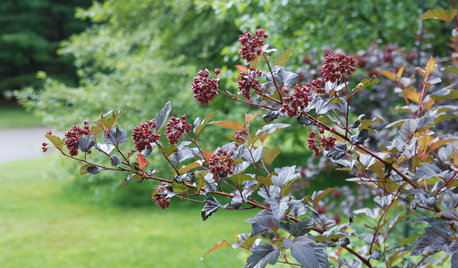
GARDENING GUIDES6 Branches and Berries to Spruce Up Holiday Decor
Bring garden cuttings in from the cold to warm up seasonal arrangements and decorate your home for the holidays
Full Story
LANDSCAPE DESIGNFlood-Tolerant Native Trees for Soggy Soil
Swampy sites, floodplains, even standing water ... if you've got a soggy landscape, these trees are for you
Full Story
GARDENING GUIDESWhat’s in a Name? See 6 Wildflowers That Aren’t ‘Weeds’ at All
Dispel the stereotypes of weeds and try these wildlife-supporting native wildflowers in your garden
Full Story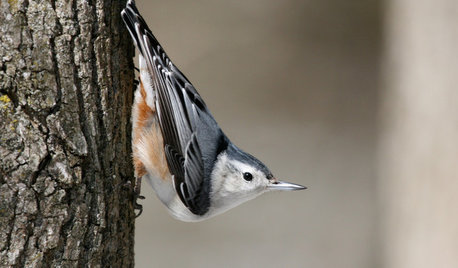
GARDENING FOR BIRDSBackyard Birds: Those Nutty Nuthatches
The North American songbirds, which often perch upside down, make themselves known in the winter landscape
Full Story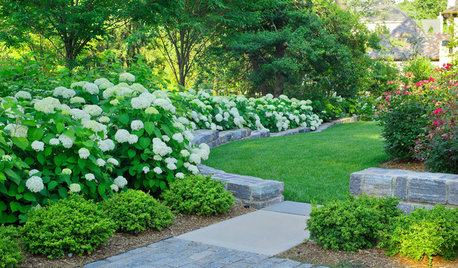
FLOWERS AND PLANTSHydrangea Arborescens Illuminates Garden Borders and Paths
This long-blooming eastern North American native shrub finds a home in landscapes around the world
Full Story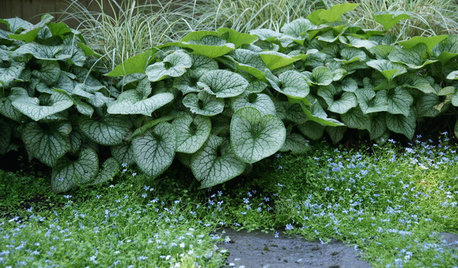
GARDENING GUIDESHosta Alternatives for the Shaded Garden
Discover which foliage plants to use instead of or in addition to hostas in the landscape
Full Story
GARDENING GUIDESWhat Kind of Roses Should You Grow?
Want to add the beauty of roses to your garden? Find out which ones, from old-fashioned to modern, are right for you
Full Story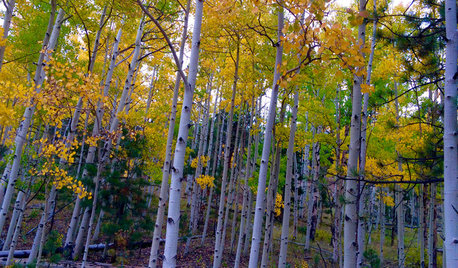
EARTH DAY‘Terroir’ Brings a Sense of Place to Your Landscape
Species native to and characteristic of your region firmly root your garden and landscape
Full Story
GARDENING GUIDESGet on a Composting Kick (Hello, Free Fertilizer!)
Quit shelling out for pricey substitutes that aren’t even as good. Here’s how to give your soil the best while lightening your trash load
Full Story
BASEMENTSDesign Workshop: Is It Time to Let Basements Become Extinct?
Costly and often unnecessary, basements may become obsolete — if they aren’t already. Here are responses to every reason to keep them around
Full StorySponsored






bengz6westmd
Lucas MossOriginal Author
Related Professionals
Kyle Landscape Architects & Landscape Designers · Bergenfield Landscape Contractors · Santa Ana Landscape Contractors · Wilsonville Landscape Contractors · Swansea Solar Energy Systems · East Patchogue Landscape Architects & Landscape Designers · Columbine Landscape Contractors · Annandale Landscape Contractors · Battle Ground Landscape Contractors · Clayton Landscape Contractors · Lawrenceville Siding & Exteriors · Draper Decks, Patios & Outdoor Enclosures · Freehold Decks, Patios & Outdoor Enclosures · Fresno Decks, Patios & Outdoor Enclosures · Huntington Decks, Patios & Outdoor Enclosuresbengz6westmd
Lucas MossOriginal Author
BillMN-z-2-3-4
gardengal48 (PNW Z8/9)